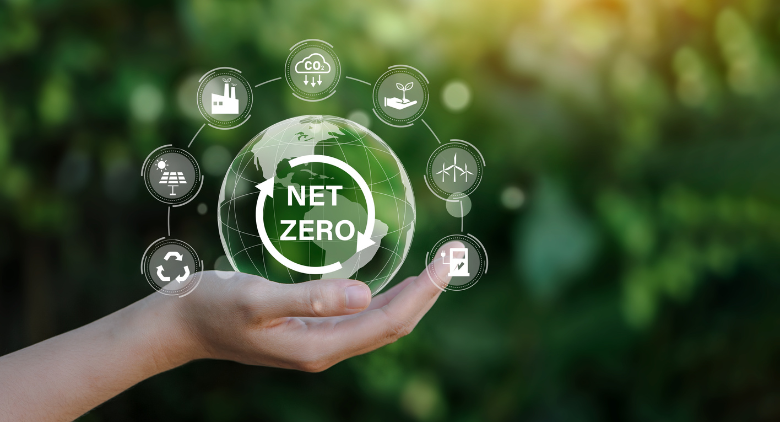Political Economy of Net Zero: India

India is largely dependent on fossil fuels to meet its energy requirements and imports are an important part of such supply. Sectors like power and transport have shown significant progress in terms of the transition, while others, such as industry, building, waste and forestry have just begun the process. The political motivation towards the net-zero commitment is clearly shown by recent policies and initiatives taken at the national level. As part of Its Long- Term Low Emission Development Strategy (LT LEDS), India is all set to focus on the strategic transition of several high-emission sectors, namely electricity and transport; urbanisation; carbon dioxide removal for industry; forests; finance and investments. The plan will also focus on improving research, innovation, climate adaptation and resilience. While these initiatives are necessary, their success will largely depend upon the synergy between national and state government policies and actions across various economic and social sectors. In addition, adequate financial resources at the required scale, as well as knowledge and technology transfer, will play an important role in this process.
There is a great chance to hasten India's net-zero transition and establish it as a leader in the renewable energy industry. Given that the present GDP is only about USD 3.5 trillion, the amount of investment needed to make this happen is massive, predicted to be USD 10.1 trillion by 2070 and USD 5.7 trillion by 2050. The national government has given the mandate to facilitate the transition, but it will take deliberate policy focus across important intervention areas to make it operational. These consist of:
- A socially just and climate-resilient growth path
- A robust financing plan
- Technological strategic development.
